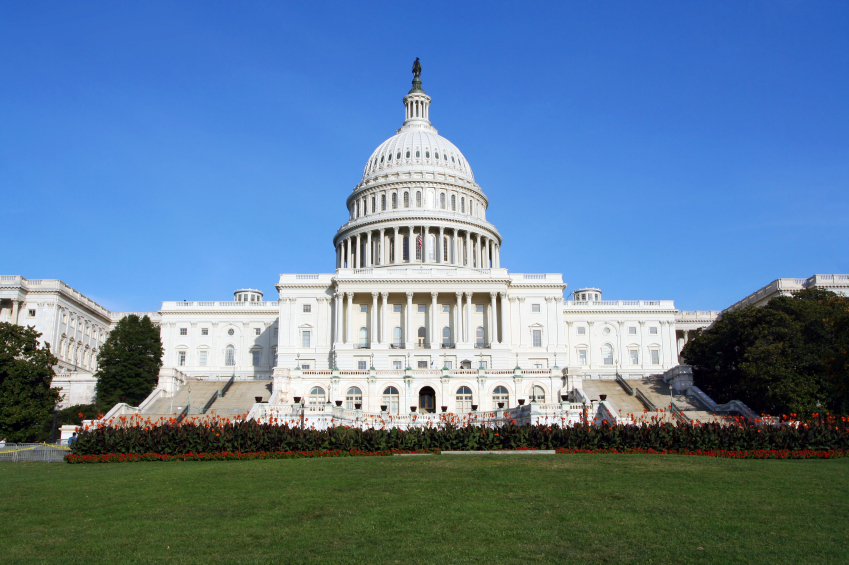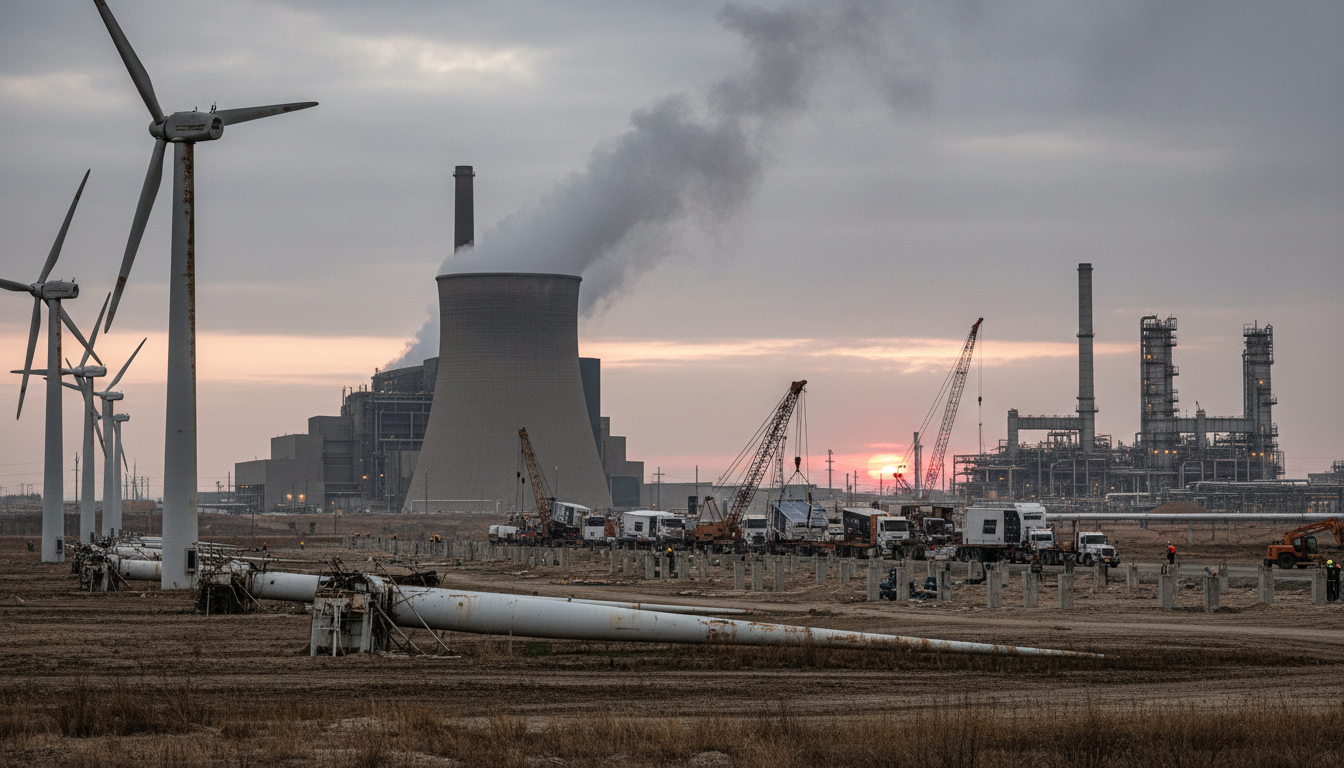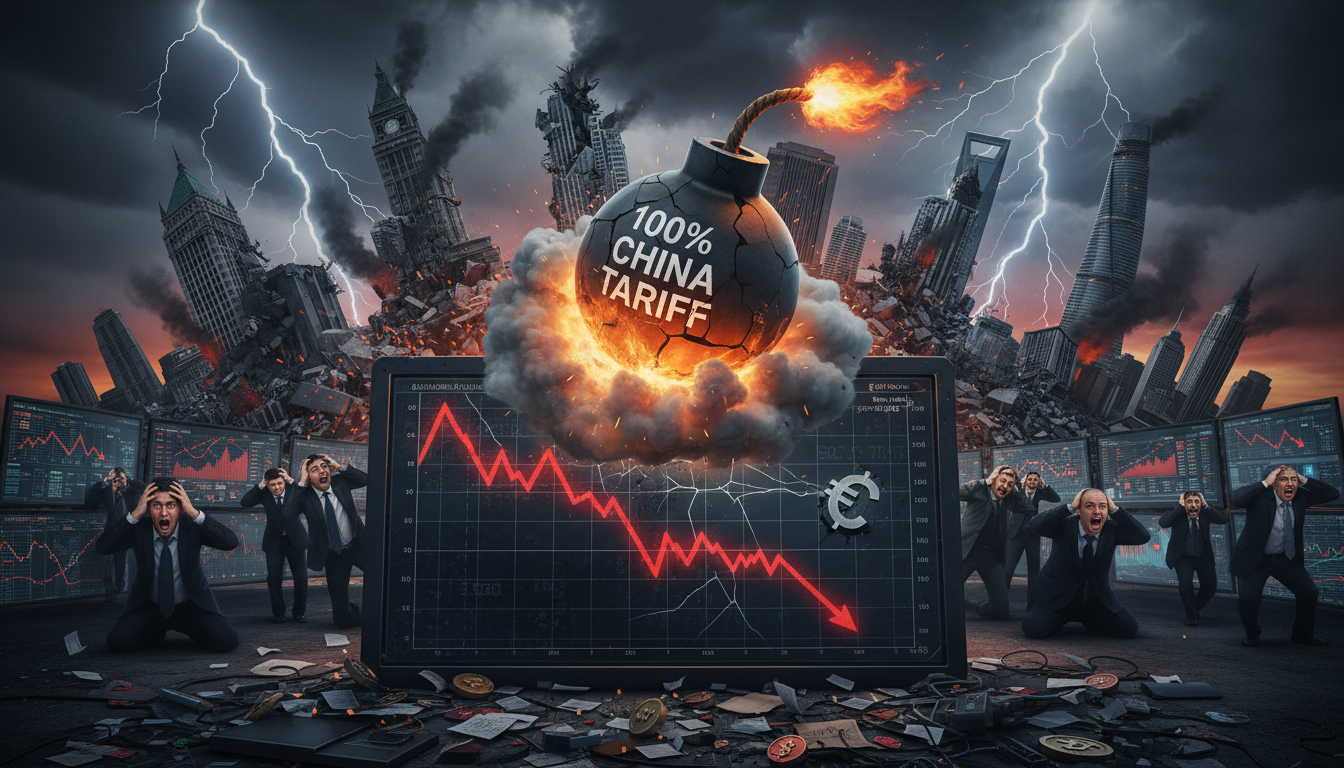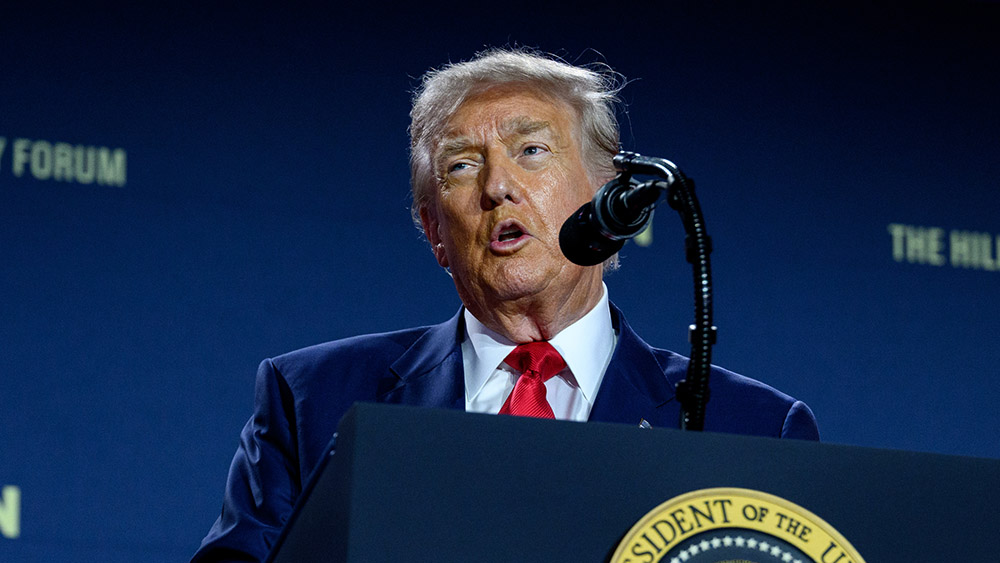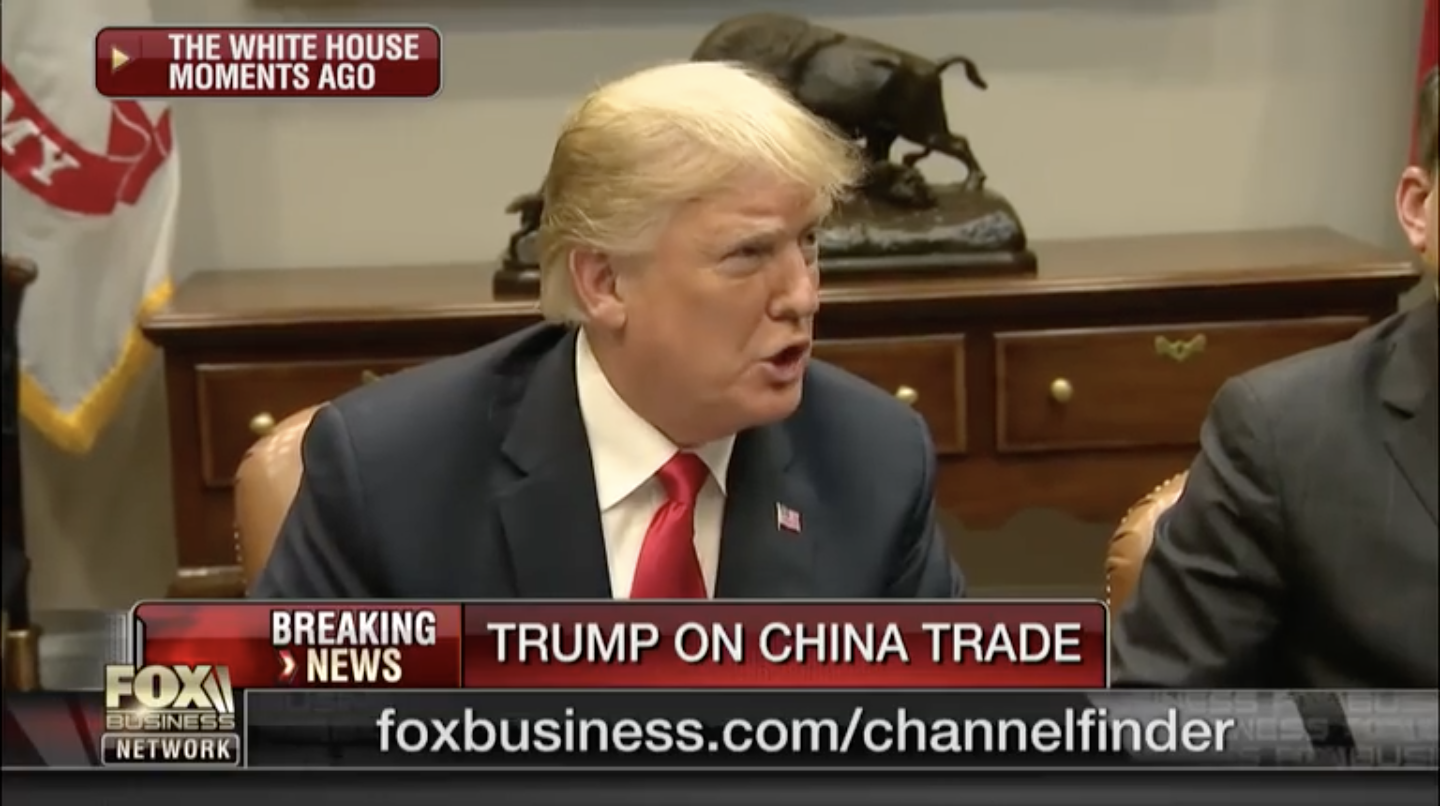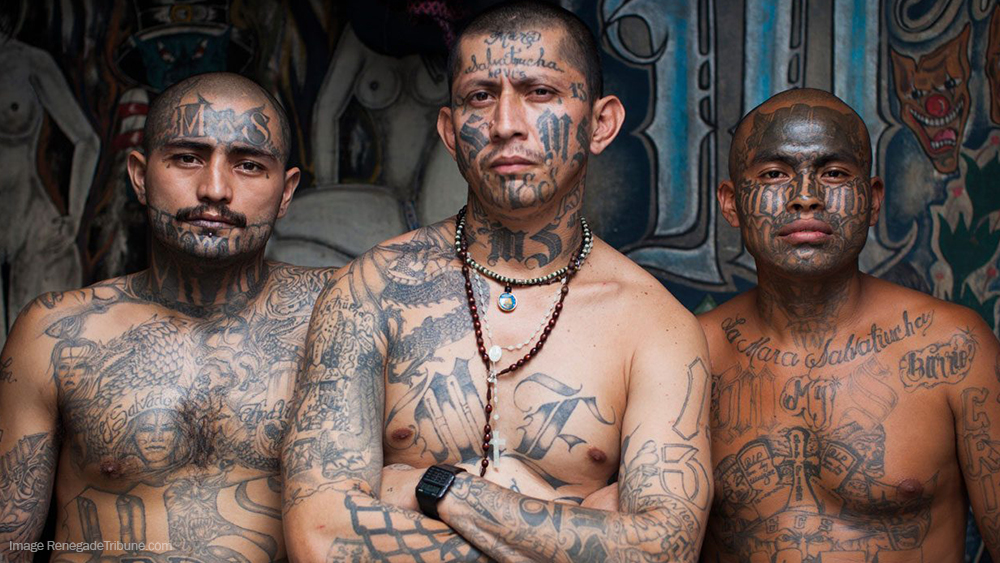 Parler
Parler Gab
Gab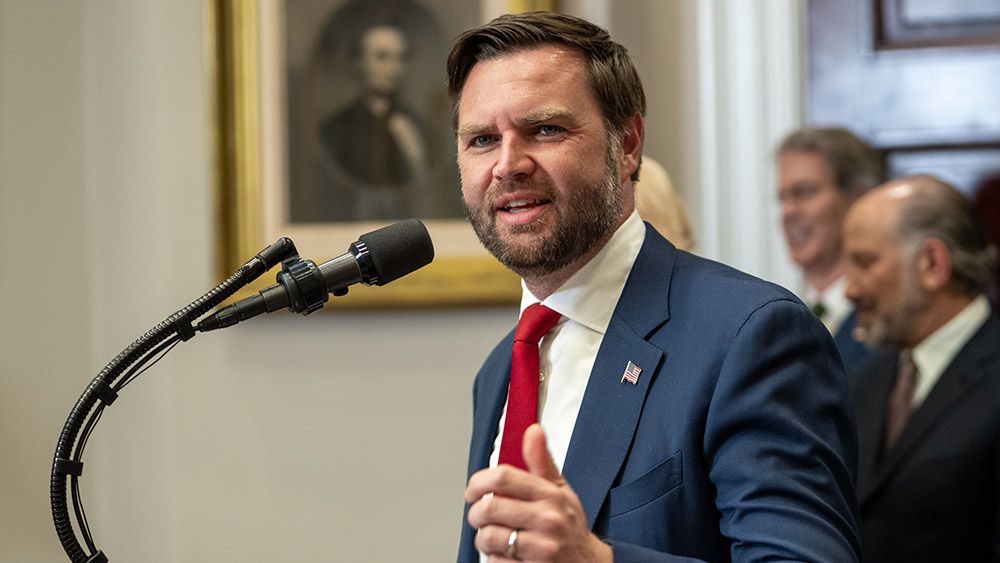
- The Trump administration has terminated over 4,100 federal workers, with Vice President JD Vance warning that deeper cuts are imminent the longer the government shutdown continues.
- The layoffs affect nearly every major department, including significant reductions at the Treasury and Health Departments, with other agencies considering further cuts.
- The shutdown and subsequent firings stem from a political deadlock, with Democrats refusing a funding bill without Affordable Care Act subsidies and Republicans refusing to negotiate until the government reopens.
- The layoffs have ignited legal challenges from federal employee unions, who call them "mass illegal firings," and intensified partisan warfare over the size and role of the federal government.
- The shutdown's effects are widening, forcing the closure of cultural institutions like the Smithsonian and deepening the political acrimony with no immediate resolution in sight.
Shutdown standoff: House leaders trade barbs over blame
The administration's move was also met with fierce resistance from labor unions and Democratic lawmakers. The American Federation of Government Employees, the largest federal employee union, filed a motion for a temporary restraining order to block what its National President Everett Kelley, called "mass illegal firings." Kelley argued the action would "not only harm federal workers and their families, but will devastate vital services that the American people depend on." Sen. Mark Kelly (D-AZ) echoed this sentiment. "They do not have to do this. They do not have to punish people that shouldn't find themselves in this position," he told CNN during an appearance on the fake news network's "State of the Union." The administration, however, has taken steps to shield certain groups from the immediate pain. A spokesperson from the Department of War told the BBC that the agency has diverted billions from other accounts to ensure military personnel are paid. Vance used this contrast to underscore his argument that the administration was forced to choose between paying troops and preserving bureaucratic jobs. House leaders from both parties traded accusations on Sunday. Speaker Mike Johnson (R-LA) blamed Democrats for choosing a "partisan fight" to appease their "Marxist rising base." Minority Leader Hakeem Jeffries (D-NY), meanwhile, insisted his party was ready to negotiate if Republicans would abandon their "my-way-or-the-highway approach." As the shutdown enters its third week with no vote scheduled to end it, the path forward remains obscured by acrimony. This political brinksmanship set against the backdrop of escalating workforce cuts signals a fundamental reshaping of the federal government is underway, driven by an ideological conflict that shows no sign of abating. Watch Energy Secretary Chris Wright warning of the consequences that come with the government shutdown in this clip. This video is from the TrendingNews channel on Brighteon.com. Sources include: TheEpochTimes.com FederalNewsNetwork.com BrightU.ai BBC.com Brighteon.comNY AG Letitia James indicted on federal bank fraud charges amid political firestorm
By Kevin Hughes // Share
By Gregory Van Dyke // Share
By Gregory Van Dyke // Share
Report: U.S. spent over $34 billion backing Israel in post-Oct. 7 wars, fueling Gaza genocide
By Kevin Hughes // Share
Trump administration considers selective back pay for furloughed workers amid shutdown standoff
By Belle Carter // Share
Apple & Google to comply with Texas age verification law—but warn of privacy trade‑offs
By patricklewis // Share
Five reasons for men to use saw palmetto berry
By newseditors // Share
Silver surges past $52 as investors seek safe havens amid economic uncertainty
By willowt // Share
